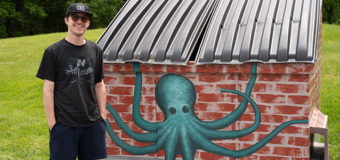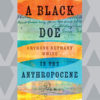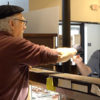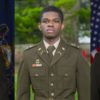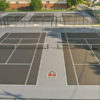ESU’s Space Age
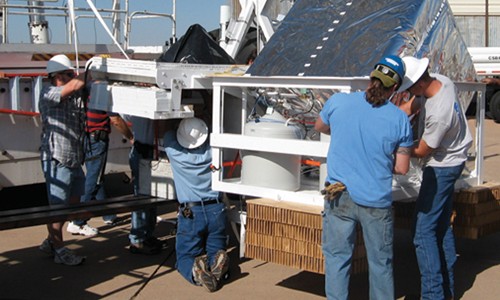
Posted by: admin on September 19, 2009, No Comments
Two East Stroudsburg University professors, along with their students in the Computer Science and Physics departments, are spearheading research projects that NASA believes may be essential to future space exploration. These projects have been made possible through ESU’s longtime field study relationship with the Marine Science Consortium (MSC), a nonprofit education and research center located in Wallops Island, Va., and its newly established collaboration with the neighboring NASA Wallops Flight Facility.
The NASA affiliation was proposed by ESU President Robert Dillman, a driving force and proponent of the Consortium. The faculty/student research programs described in this article are designed to serve the missions of both NASA and the MSC, and expand the opportunities available in ESU and the Consortium’s other member schools.
By working with computer programs and robotics, Computer Science Professor Haklin Kimm hopes to apply the skills he teaches ESU students to making satellites more efficient and resistant to failure, while Associate Professor of Physics John Elwood’s project aims to gain a clearer understanding of cosmic rays, the energetic particles that can affect astronauts and devices at high altitudes.
Kimm presented part of his project to develop programs for use in NASA satellites to students and faculty who gathered in the Hoeffner Science and Technology Center’s Niedbala Auditorium in November. The presentation featured three robots carrying out a complex program designed by Kimm and his students. The long-term goal is a program that would link small, single-task CUBE satellites together for NASA’s use, increasing system stability and establishing a future design standard.
While many electrical and aerospace engineers work on satellites, Kimm’s approach will be unique to ESU’s Computer Science program, using techniques taught in programming classes to link a series of satellites together. The professor says that while other schools are focused on the tasks of individual satellites, he and his student assistants are working to make a group of satellites work together seamlessly. This is an application of skills taught in Computer Science courses at ESU, where students learn to integrate hardware and software to produce the best results possible.
The technology that Kimm is working to improve has been widely used in the automotive and technological industries, including companies like Bosch, BMW, and Mercedes. NASA is interested in using this versatile technology in its satellites in a variety of applications.
Kimm has met with NASA staff from the Goddard Space Flight Center’s Wallops Island Facility in Virginia, and has already proposed a second project to the MSC-NASA collaboration workgroup that would build on his research to design a program that would extend the battery life of the satellites.
In the Physics Department, Associate Professor John Elwood is processing information on cosmic rays gathered during a NASA high-altitude balloon launch in September. The detector, which Elwood hopes will provide information about the nature and composition of cosmic rays, was developed during the summer and attached to a high-altitude balloon in New Mexico along with several other scientific devices.
Elwood and his student assistants constructed their sensor by affixing thin sheets of polycarbonate (a form of plastic) to a wooden base; at altitudes of about 125,000 feet, the polycarbonate sheets are sub-microscopically damaged by cosmic rays. Etching in the laboratory will reveal this damage, and Elwood and his students will analyze these results. What they discover could help develop shielding methods for astronauts and for life forms on Earth.
The launch of the weather balloon and collection of data (lasting 24 hours) occurred on Sept. 19, 2009 a timeframe Elwood said was ideal for these high-altitude experiments.
“During September and March, the high-altitude winds are shifting, so the balloon won’t drift too far,” he said. “When the balloon came down, we had to quickly cover our experiment so that it didn’t get overexposed.”
The experiment was returned to campus in a lightproof box, and Elwood and his students began “developing” the polycarbonate sheets. It will take several months to analyze the data collected during the launch.
“We’re looking for places where energetic particles entered the material,” he says. “It leaves a tapered shape, and if we’re lucky we’ll find some places where the particles actually stopped within the sheets.” When this occurs, it allows researchers to gather a large amount of information about these cosmic rays.
With these two NASA projects, ESU students and faculty are on the cutting-edge of the next generation of space research, helping to shape the way aerospace technology can work in future spacecraft, from space suits to satellites. Through ESU’s ties to NASA’s Wallops Island Flight Facility, students have access to the technologies and experiments that will lead the space exploration of the next century.
